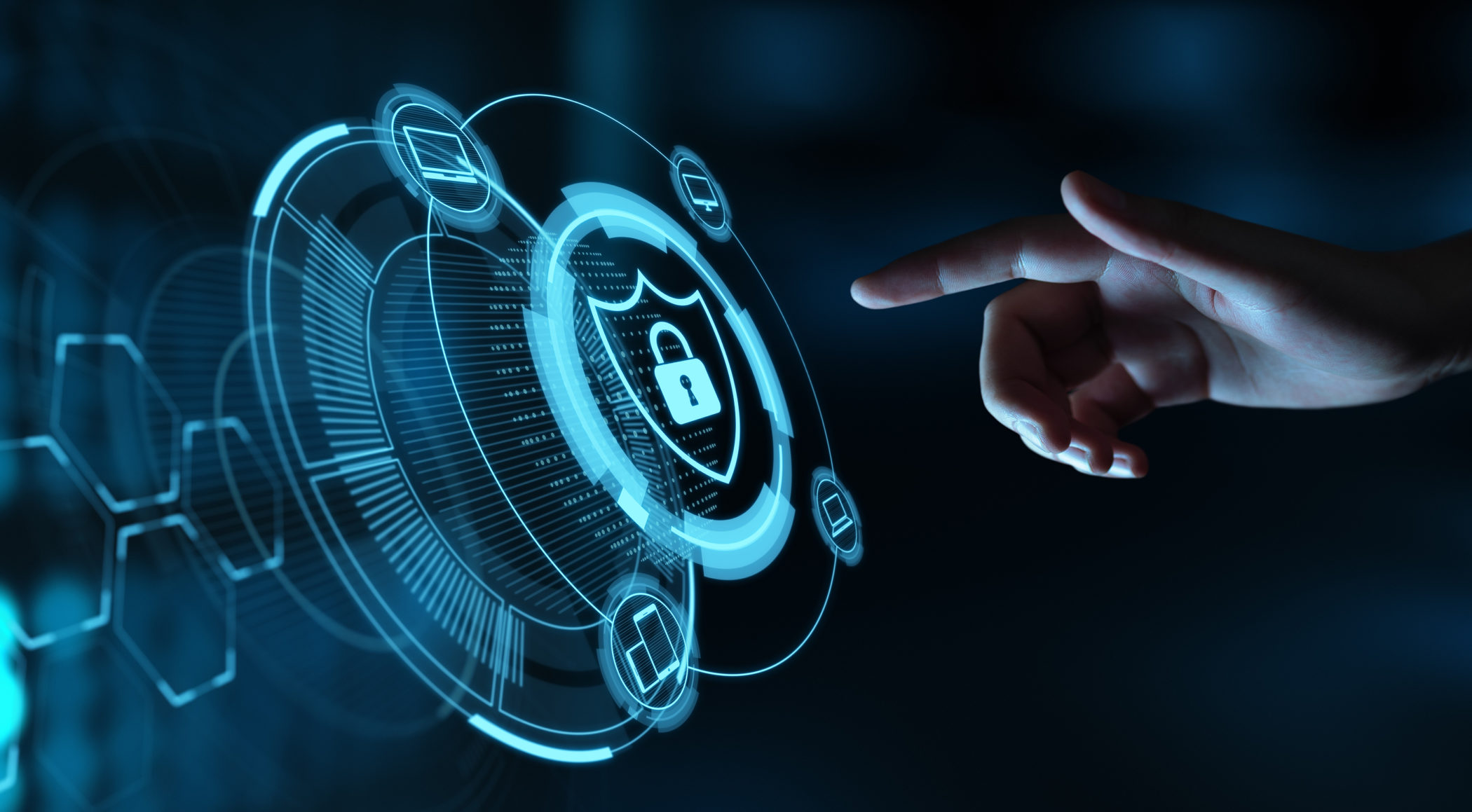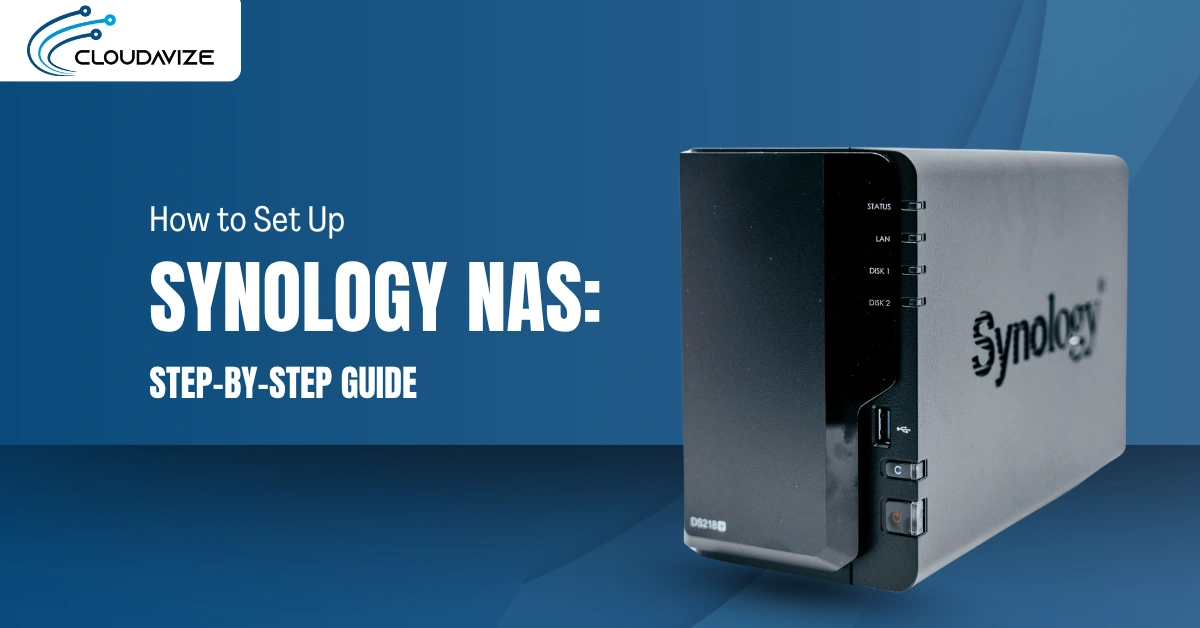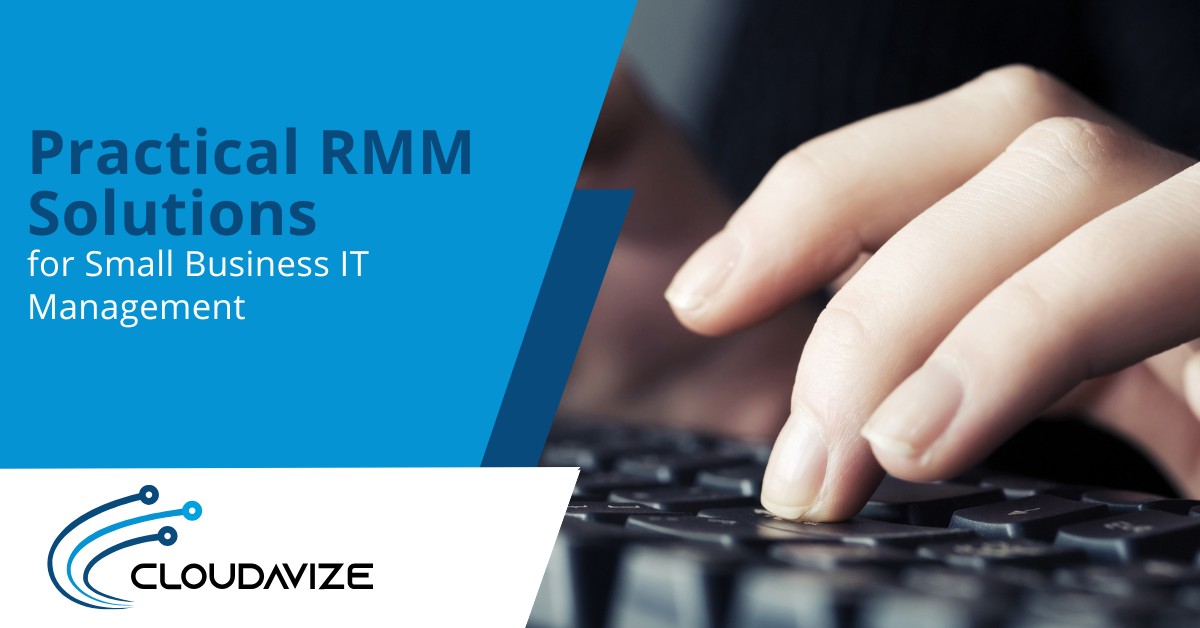One of the biggest financial risks to a business today is the threat of a data breach or ransomware attack. The cost of remediation for ransomware has more than doubled in the last year, to $1.85 million.
And as costs go up, so do the number of attacks. In 2020, malware attacks increased by 358%, with ransomware rising by 435%.
Companies buy insurance policies for things like property damage and other liabilities, but when it comes to a data breach, they’re often unprotected from the financial fallout.
One of the ways you can protect your company and reduce risk is by improving the cybersecurity solutions that your Dallas-area business uses.
Good IT security practices mean using a multi-layered approach. This is also known as the “Swiss cheese” model. Imagine having one slice of Swiss cheese as one security method (like an anti-virus) there are several holes through which an attacker could still get through. Layer another slice (another security tactic) on top of that, and another, and another… and you have an airtight infrastructure designed to keep intruders out of your network.
When planning an enhancement to your cybersecurity environment, here are several key items to consider that can significantly decrease your risk of suffering a costly attack.
Table of Contents
Managed Detection & Response (MDR)
Managed detection and response (MDR) is a service provided by a professional, such as Cloudavize. It includes proactive measures to actively seek out threats to your network and endpoints and shut them down before they result in a breach or malware infection.
Many of today’s threats are more advanced and just waiting for them to trigger a signature-based antivirus software is not enough to stay protected. MDR uses advanced tactics based on AI and machine learning that are designed to hunt down suspicious behavior and identify and prioritize threats, as well as respond rapidly to them.
DNS Filtering
Seventy-five percent of organizations around the world experienced a phishing attack last year. Most phishing emails use links to malicious websites rather than file attachments so they can get around antivirus programs.
DNS filtering is an important safeguard for users that reviews links before the user’s browser loads the page. If it detects a malicious website, the user is redirected to a warning page and avoids the phishing site, which can contain an automated injection of malware or a spoofed login form for credential theft.
Password Manager
Users have too many passwords to remember to possibly follow good password practices of using strong passwords and unique passwords for every account.
A password manager solves that problem because users only need to remember the master password that lets them into a “password vault.” The password manager remembers all the other logins and stores them securely.
It can be used on multiple devices and along with a browser to easily autofill strong passwords into login forms.
Next-Gen Firewall
Firewalls are like the strong outer wall of a castle that is designed to keep unauthorized parties out. It monitors incoming and outgoing network traffic and can stop any malicious programs or files that it detects.
Firewalls can also apply consistent security policies across your network and apply them to all endpoints to keep them more secure.
Enhanced Email Security
DNS filtering is one of the “slices” of protection when it comes to phishing attacks. Email security includes more safeguards that are designed to catch malicious emails, dangerous file attachments, and email spoofing (where a phishing email uses a spoofed domain as the sender).
Email security can be configured with multiple uniform policies in your email platform. Just a few of the potential policy protections you’ll find in platforms like Microsoft 365 include:
- Restricting forwarding of emails outside your domain
- Blocking specific file types known to be used in phishing attacks
- Automatically encrypting confidential emails
- Adding “do not forward” and “do not copy” tags to emails
- Quarantining suspicious emails automatically
- And more
Mobile Device Manager (MDM)
With mobile devices making up approximately 60% of a company’s endpoints, they can pose a major cybersecurity risk if they’re not properly monitored and managed.
A mobile device manager (MDM) gives companies a way to consistently secure mobile devices, either employee-owned or company-owned, to ensure business data remains secure.
This includes keeping the “business” and “personal” areas of a device separate so the business area can have security policies applied. It also includes multiple remote actions that can be taken from a centralized control center. These include:
- Remote lock and wipe
- Grant or revoke business application access
- Update management
- Monitoring of access to business data
Reduce Your Risk by Enhancing Your IT Security
Cloudadvize can work with your Dallas-Fort Worth business to identify areas of weakness in your IT security strategy and provide effective and affordable solutions.
Contact Cloudavize today for a free consultation to get started.



